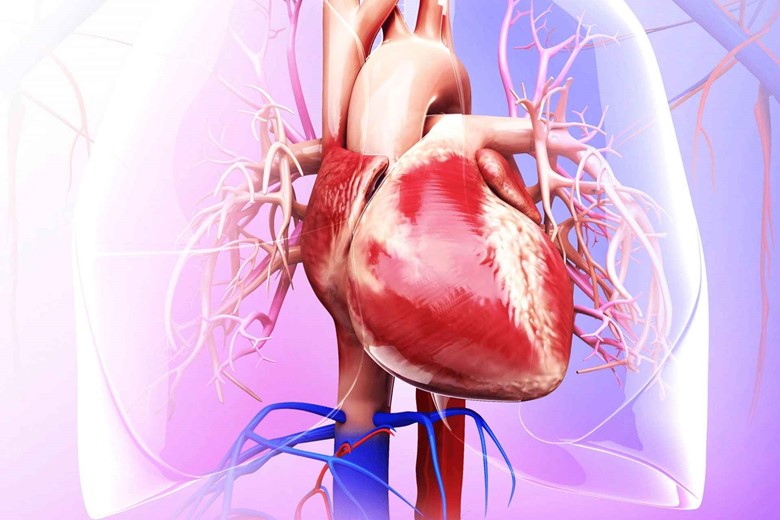
Our body has different systems that work together in one way or another. Here we are explaining the two systems, i.e., how does the respiratory system works with the circulatory system. The respiratory system and the circulatory system have a very close relationship, and they interact with each other very closely because they need each other for proper functioning in multicellular organisms like humans.
Before starting, let me ask you a question.
Do you know what the respiratory and circulatory systems are?
Yes, but please explain it.
Okay, no worries.
Respiratory System:
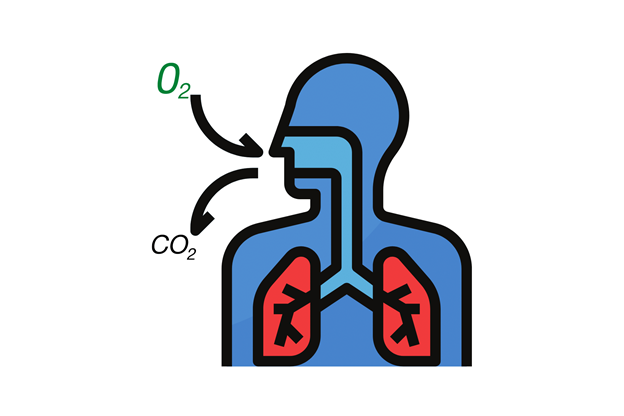
The respiratory system is a system through which inhalation of Oxygen and exhalation of Carbon dioxide occurs.
The respiratory system consists of:
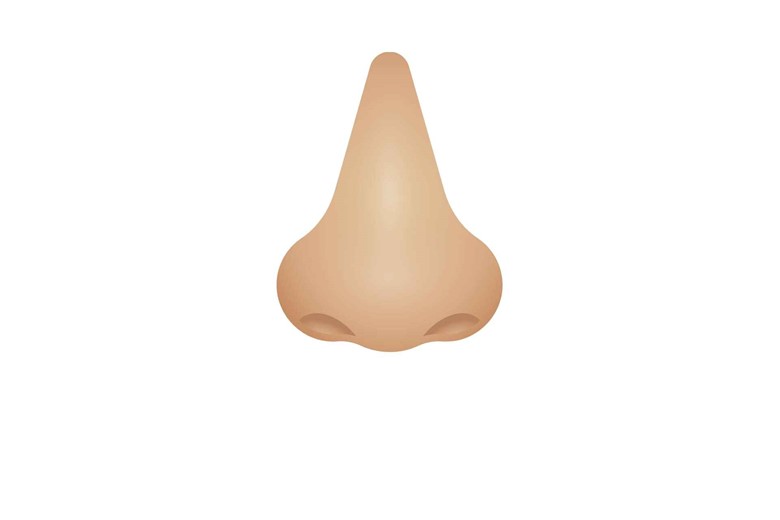
- Nostrils
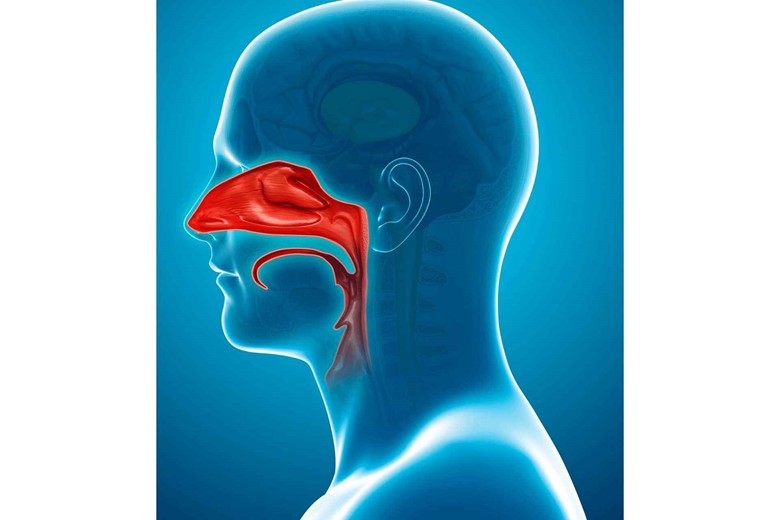
- Nasal Cavities (Nose)
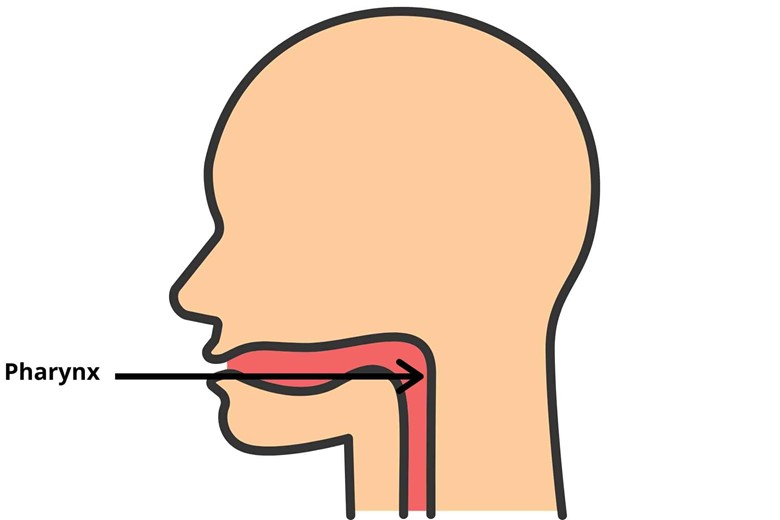
- Pharynx
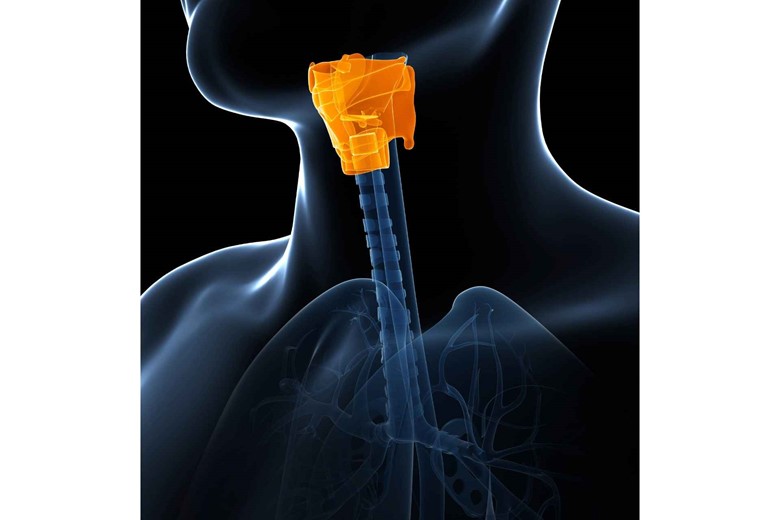
- Larynx
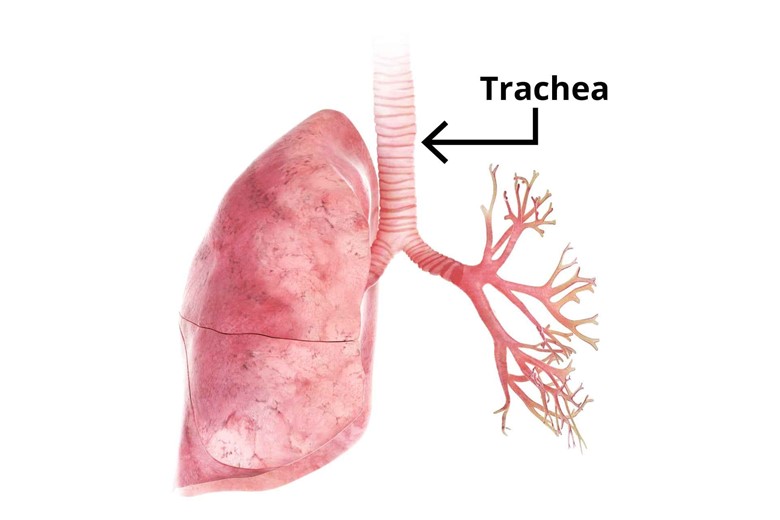
- Trachea
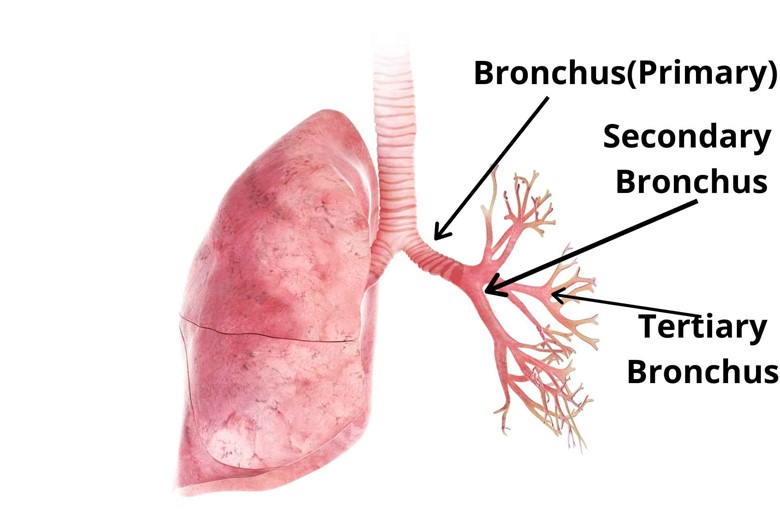
- Bronchi

- Bronchioles
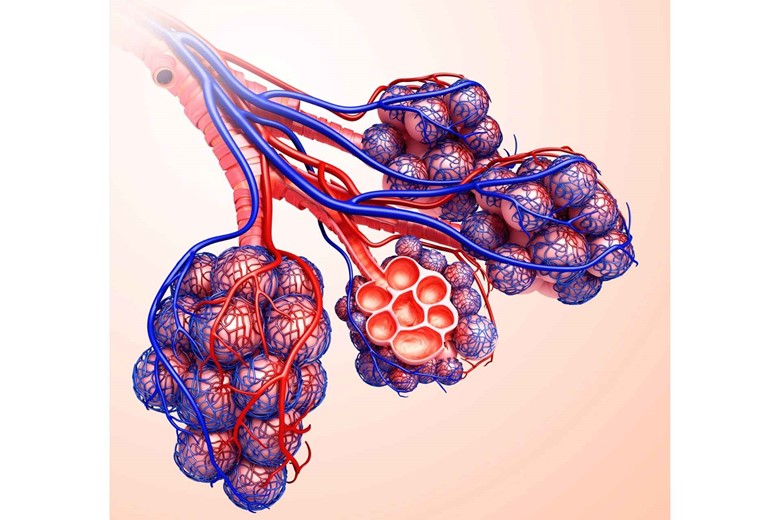
- Alveoli
(Bronchi, bronchioles, and alveoli make the lungs)
Circulatory system:
While the circulatory system is the system that circulates the blood and lymph through blood vessels and lymph vessels.
The circulatory system consists of:
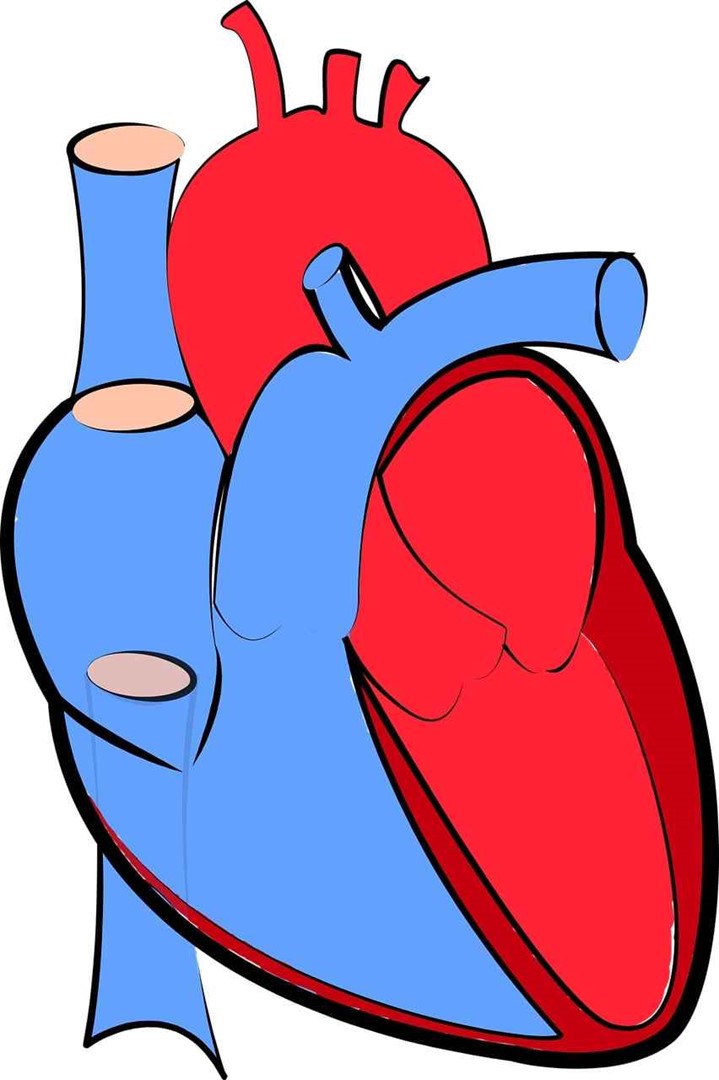
- Heart
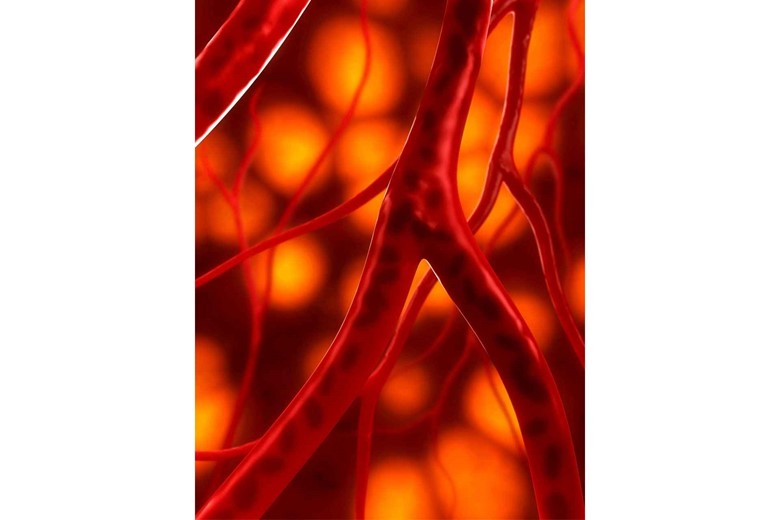
- Arteries
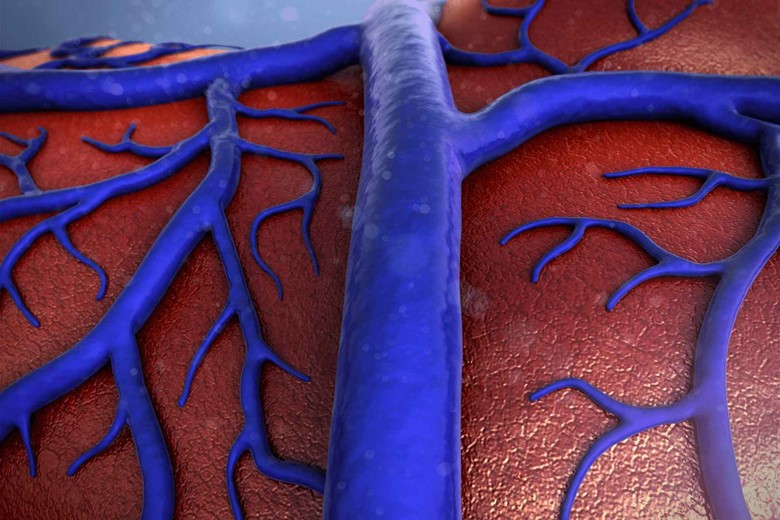
- Veins
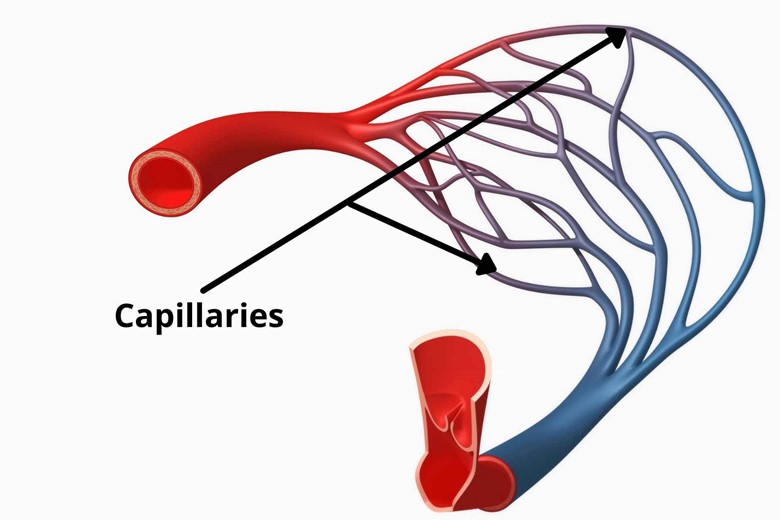
- Capillaries
Now here we are explaining the relationship between the respiratory system and the circulatory system.
Should we start?
Yes, of course.
Okay, let’s start.
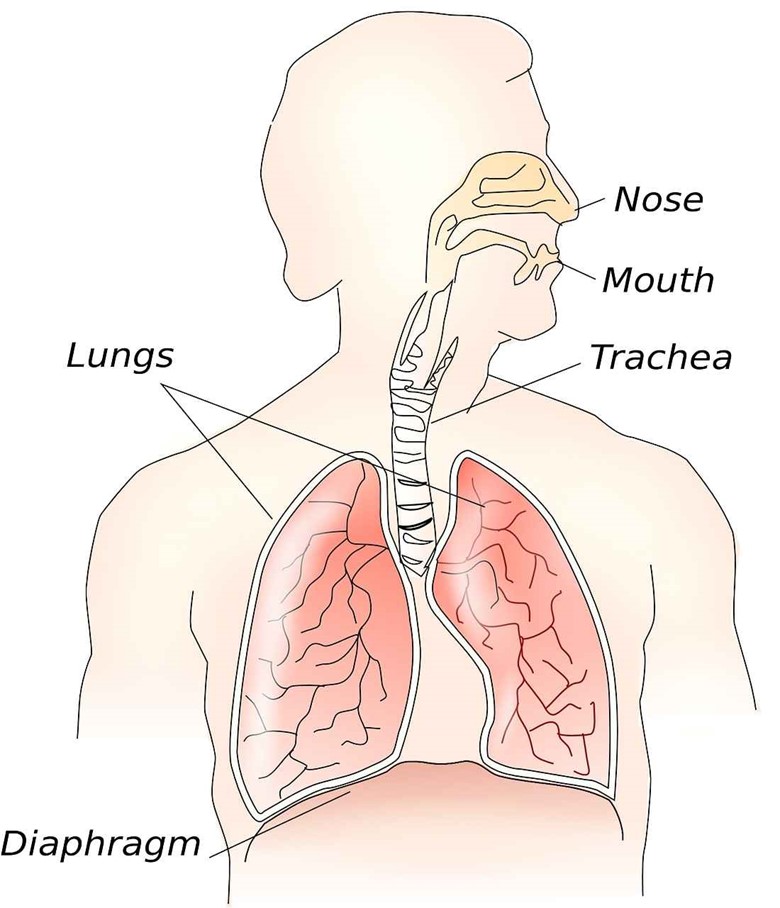
The air is inhaled through the nostrils and then through the pathway of nasal cavities, pharynx, larynx, trachea, bronchi, and bronchioles entering the alveoli of the lungs.
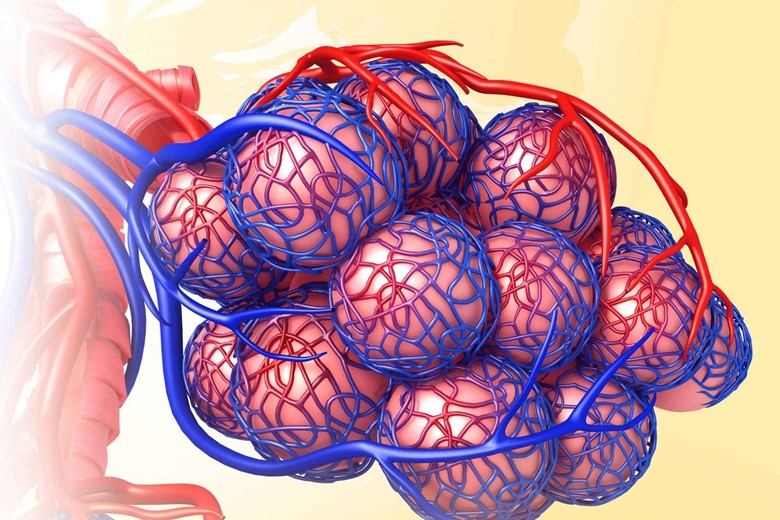
The alveoli take the oxygen from the inhaled air and give it to the capillaries running in the lungs. This is the work of the respiratory system.
Now it’s the turn of which system?
Probably the circulatory system.
Yes, you are right.
The capillaries and blood vessels running in the lungs are part of the circulatory system.
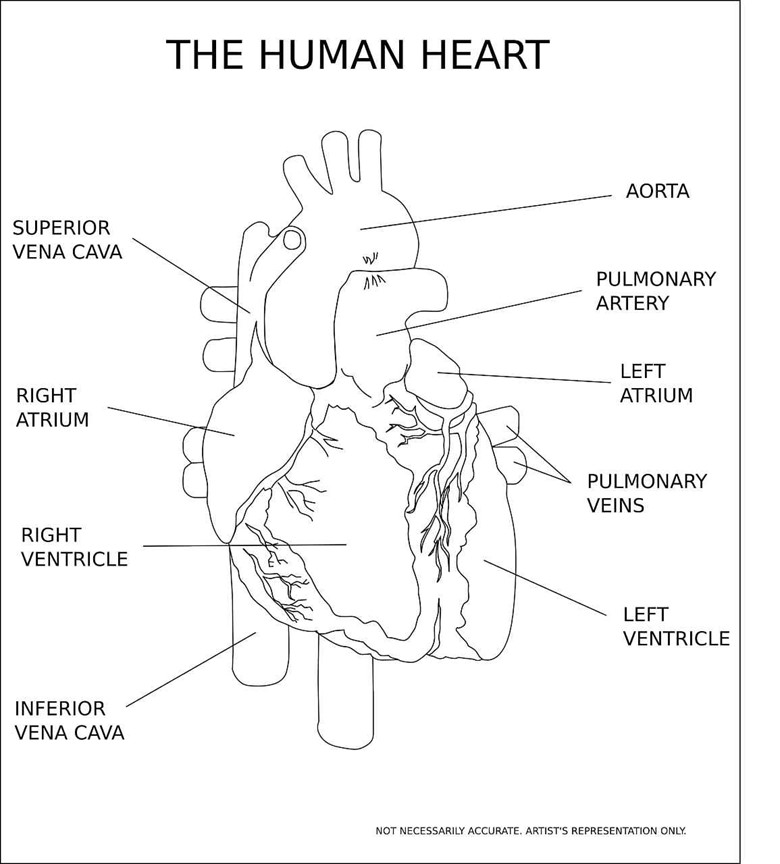
The oxygen is diffused from the alveoli (respiratory system) to the blood of the circulatory system in the lungs and is transported to the left auricle (singular Atrium) of the heart through the pulmonary vein.
But how oxygen is diffused into the blood in blood vessels?
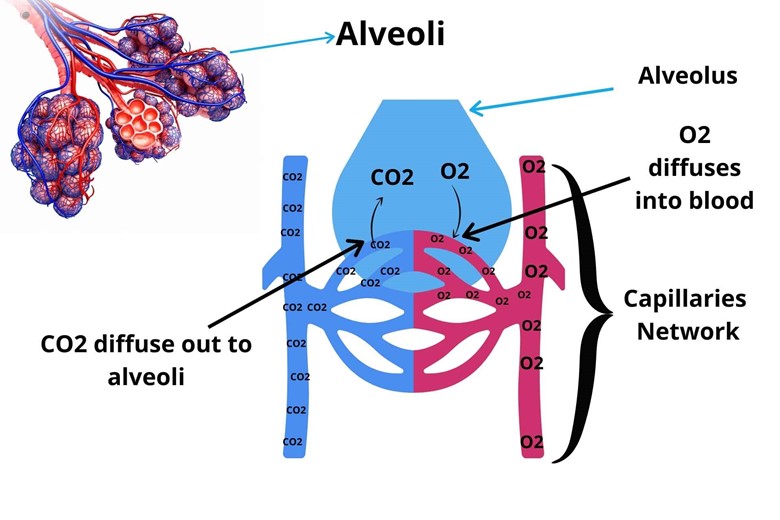
Remember, oxygen is not directly delivered to the blood vessels because the vessel’s membrane can’t allow the diffusion of the oxygen so for this purpose there are small thin blood vessels called capillaries that are present around the alveoli. The membrane of capillaries is very thin and moist that making the diffusion of oxygen easy and fast.
I am still not clear about capillaries?
Okay, let me explain it to you more clearly.
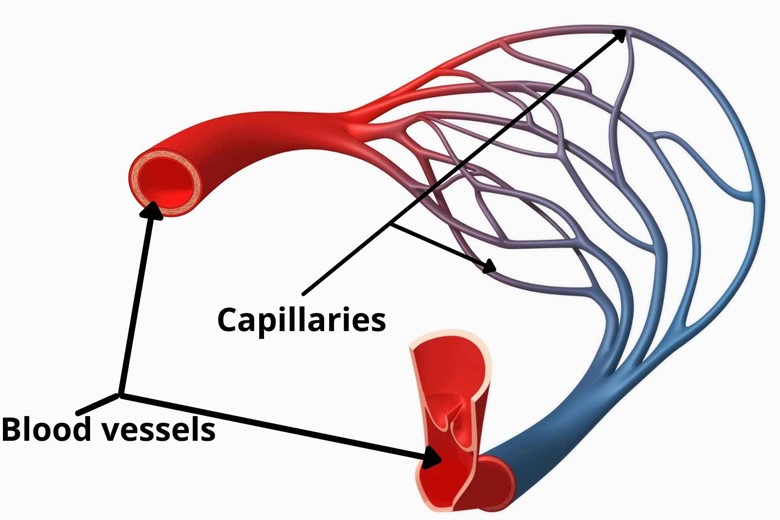
The blood vessels that arise from the heart are large and do not directly take oxygen from the alveoli. The blood vessels while distributing in the body divide and re-divides into fine small microscopic vessels called capillaries which are then used for the diffusion of gases in the lungs and nutrients in the cells.
Where the oxygen is transported?
The oxygen is delivered to the blood which is then transported to the left auricle (chamber) of the heart. The heart then pumps that oxygenated blood to the whole body through the arterial system.
Please tell us about the arterial and venous system a little more and tell us where the oxygen is transported from the heart?
Please tell us about the arterial and venous system a little more and tell us where the oxygen is transported from the heart?
1. Arterial System:
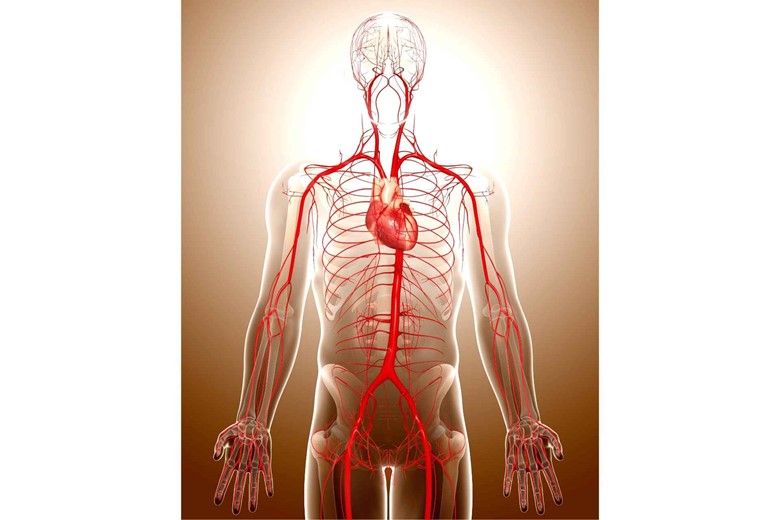
The arterial system is the system of blood vessels that carry oxygenated blood from the heart to the whole body except the pulmonary artery which carries deoxygenated blood to the lungs.
2. Venous System:
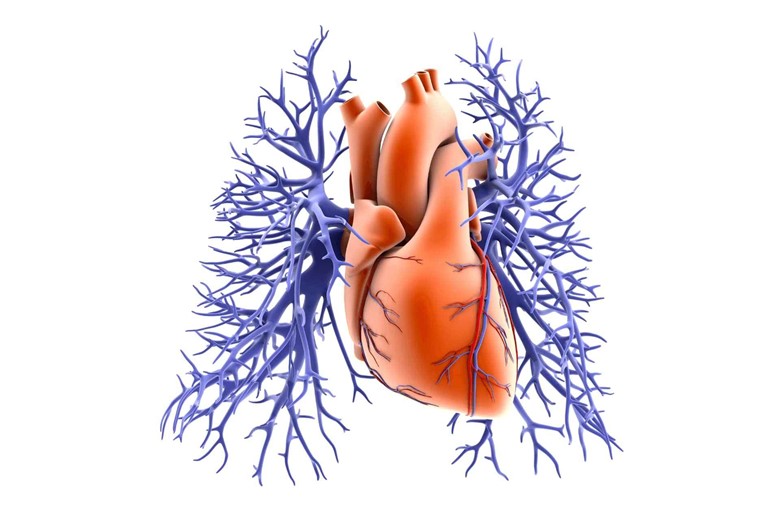
The venous system is opposite to the arterial system i.e. it carries deoxygenated blood from the heart to the lungs except for the pulmonary vein that carries oxygenated blood from the lungs to the heart for distribution in the body.
Can you please explain the pathway of blood transportation?
Sure.
Here I will also explain the second part of the question i.e. where the oxygen is transported from the heart?
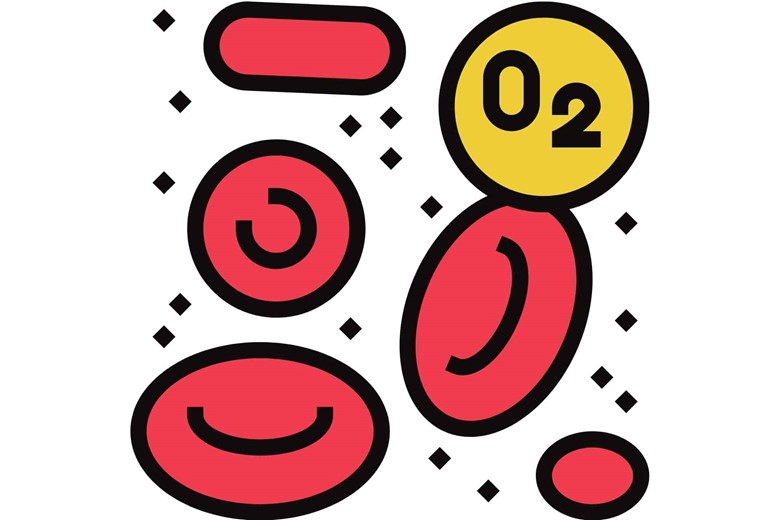
The oxygen that is diffused from the lungs (respiratory system) to the blood (oxygenated blood) is transported to the left auricle of the heart through the pulmonary vein. The left auricle of the heart then pushes the oxygenated blood to the next chamber called the ventricle which pumps that oxygenated blood to the whole body (every cell and tissue) through arteries. The arterial system while running in the body divides and re-divides into microscopic vessels called capillaries (already discussed) in the cells and tissues. The capillaries are necessary because the diffusion of oxygen only takes place through these microscopic vessels.
Did you notice something here?
No.
Okay, let me remind you. Above I have discussed that the venous system carries deoxygenated blood except for the pulmonary vein which carries oxygenated blood from the lungs to the heart, here you see that the pulmonary vein is carrying oxygenated blood from the lungs to the heart and the heart then pumps that oxygenated blood to the whole body.
Oh, that’s nice.
Now the function of the respiratory and circulatory systems is not over yet.

After delivering oxygen to cells and tissues by the circulatory system (blood) the blood takes the waste product of the cells and tissues i.e. carbon dioxide and becomes deoxygenated.
How do cells produce carbon dioxide?

The cell, when takes the oxygen (and other nutrients too) from the blood then the cell uses it for the breakdown of the glucose in which energy is released. The cells use that energy for different activities but during this process, the waste product is also produced i.e. carbon dioxide which should be expelled from the body.
As you know that this diffusion process occurs in the capillaries which form from the division of arteries in the cell, now the capillaries will combine and re-combine to form vessels but this time they will form veins because while leaving the cells they will take the carbon dioxide from them and become deoxygenated and as already you know that veins carry deoxygenated blood.
It means the delivery of oxygen and the taking of carbon dioxide both occur in the capillaries.
Where the deoxygenated blood will be transported after taking carbon dioxide from cells and tissues?
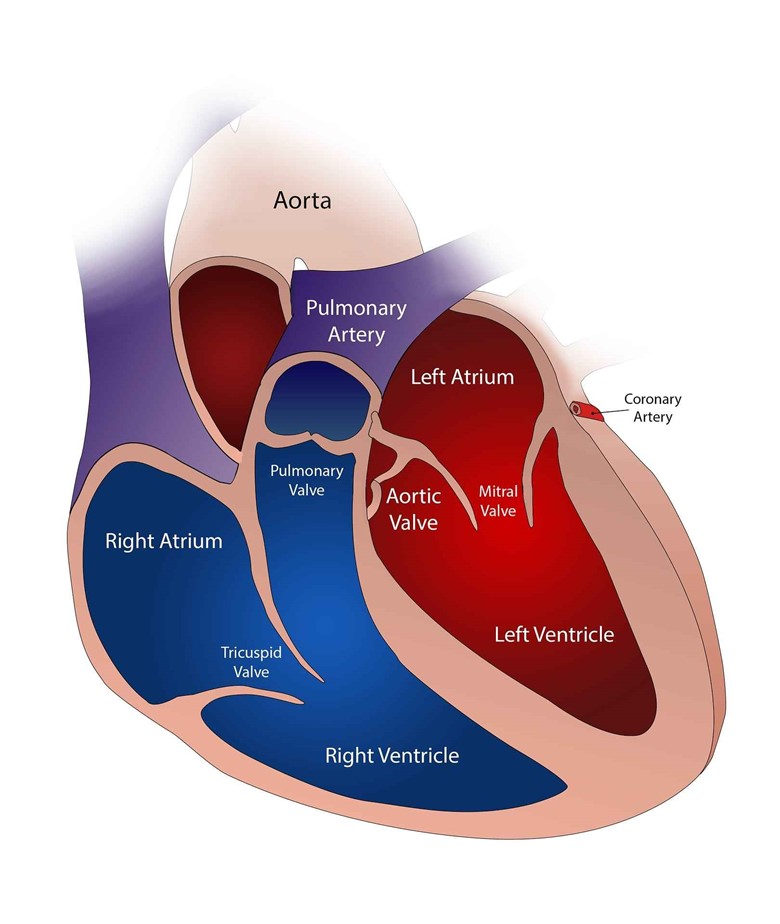
The deoxygenated blood after collecting from the cells and tissues will be transported to the right auricle of the heart which pushes it to the right ventricle and then pumps it to the lungs through the pulmonary artery.
Here again, you should notice that all arteries carry oxygenated blood to the whole body from the heart except the pulmonary artery which carries deoxygenated blood from the heart to the lungs.
Now, what will happen to the deoxygenated blood in the lungs?
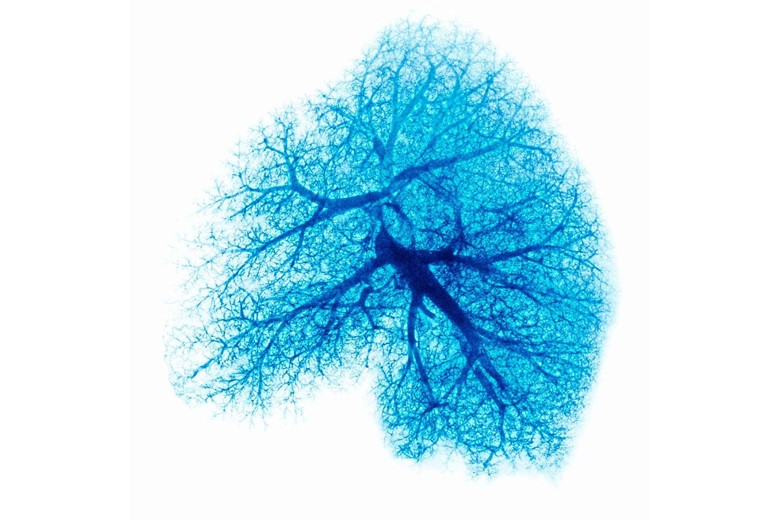
The deoxygenated blood is rich in carbon dioxide and the lungs are in lower concentration so due to diffusion the carbon dioxide will diffuse from the capillaries of the lungs to the alveoli of the lungs and are expelled in the exhalation while at the same time after inhalation of air, the oxygen is diffused from the lungs (higher concentration) to the capillaries of the lungs (lower concentration) and are carried again to the left auricle through the pulmonary vein.
I am confused about the capillary system of the lungs, can you explain more that how can the diffusion of oxygen and carbon dioxide take place?
While moving to the lungs from the whole body the veins divide and re-divides to form microscopic vessels, the capillaries, which allow them to diffuse the carbon dioxide to the lungs. At the same time, capillaries combine and re-combine to form arteries because after the delivery of carbon dioxide to the lungs the capillaries immediately take the oxygen from the lungs to become arteries.
That’s easy.
You have explained all these in multicellular organisms but there are organisms that are unicellular i.e. composed of one cell how do these processes occur in them?
That’s a good question.
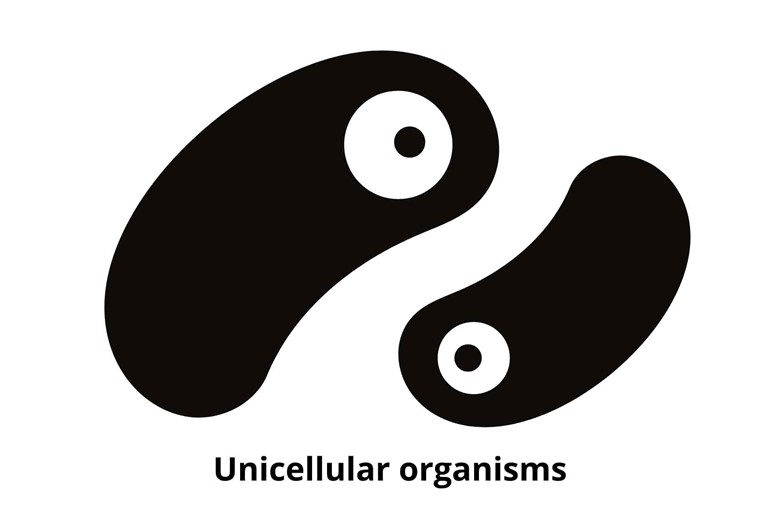
Unicellular organisms don’t need a circulatory system so the exchange of gases occurs through their membrane which is sufficient to carry out their activities.
But why multicellular organisms don’t have a mechanism like unicellular organisms?
Because the simple diffusion for multicellular doesn’t work. As the body of multicellular organisms is made of billions of cells so the simple diffusion will be not sufficient for them due to which they have evolved an organized system for respiration with circulation while the unicellular organisms have only one cell so the simple diffusion is enough to fulfill their requirements.
What will happen if one of the systems stops working while the other is working fine?
Both multicellular and unicellular organisms have evolved specific mechanisms to meet their metabolic needs. Let’s explore the consequences when one of their respective systems stops working while the other remains functional:
1. Multicellular Organism:
Respiration with Circulation Stops, Simple Diffusion Still Works Fine:
In a multicellular organism, if the circulatory system fails to function correctly, it would lead to severe consequences. The circulatory system is responsible for transporting oxygen, nutrients, and other essential substances to all cells throughout the body. Without it, oxygen and nutrients may not reach various tissues efficiently, resulting in cellular dysfunction and potential organ failure. Additionally, waste removal from cells might become compromised, leading to the accumulation of toxic by-products. In the short term, some tissues might resort to anaerobic respiration, which can cause lactic acid buildup and lead to fatigue and muscle pain.
Respiration with Circulation Works Fine, Simple Diffusion Stops:
If the simple diffusion process, which is crucial for individual cells to exchange substances with their environment, stops working in a multicellular organism, it could have catastrophic consequences. Cells require a constant supply of nutrients and oxygen while eliminating waste through diffusion. Without it, cells would not be able to maintain their metabolic processes, resulting in cellular dysfunction and eventual cell death. The affected tissues may become deprived of nutrients and oxygen, potentially leading to organ failure or systemic consequences.
2. Unicellular Organism:
Unicellular organisms, being composed of only one cell, rely primarily on simple diffusion to meet their metabolic needs.
Simple Diffusion Stops, Respiration with Circulation (not applicable to unicellular organisms) Still Works Fine:
Since unicellular organisms do not possess circulatory systems, the scenario of respiration with circulation working fine while simple diffusion stops is not applicable to them.
Simple Diffusion Still Works Fine, Respiration with Circulation (not applicable to unicellular organisms) Stops:
As unicellular organisms solely rely on simple diffusion, if this mechanism were to fail, it would be extremely detrimental. Simple diffusion allows the exchange of gases, nutrients, and waste products directly between the cell and its environment. If this process stops, the cell would be unable to obtain necessary nutrients, oxygen, and eliminate waste efficiently. As a result, the cell’s metabolic functions would be severely impaired, potentially leading to cellular death and the eventual demise of the unicellular organism.
In summary, both multicellular and unicellular organisms have evolved specialized mechanisms to fulfill their metabolic requirements. The consequences of the failure of these mechanisms can be profound, affecting their survival and overall well-being.
Are there any organisms whose respiratory system is different from lungs?
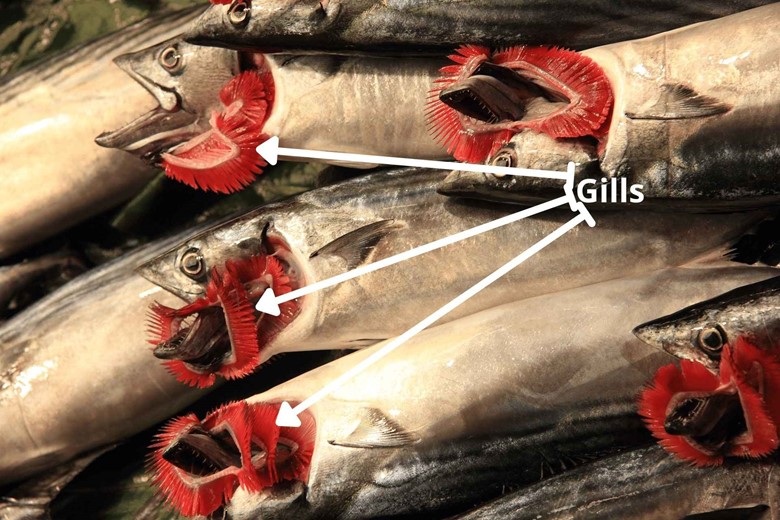
Yes, aquatic animals like fish. The fishes have gills specially designed for obtaining oxygen and giving carbon dioxide to the water. The gills are thin, filamentous tissue that is highly branched and folded. The dissolved oxygen from the gills is diffused to the circulatory system of the fish which is then distributed to the whole body and in return, the carbon dioxide is diffused out the body.
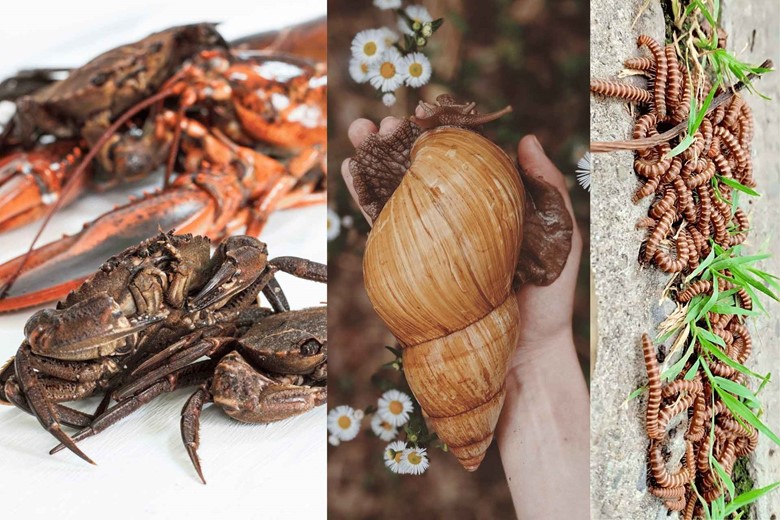
Some groups of organisms like crustaceans, mollusks, and annelids have coelomic fluid instead of blood (circulatory system) so the coelomic fluid takes the dissolved oxygen from the gills.
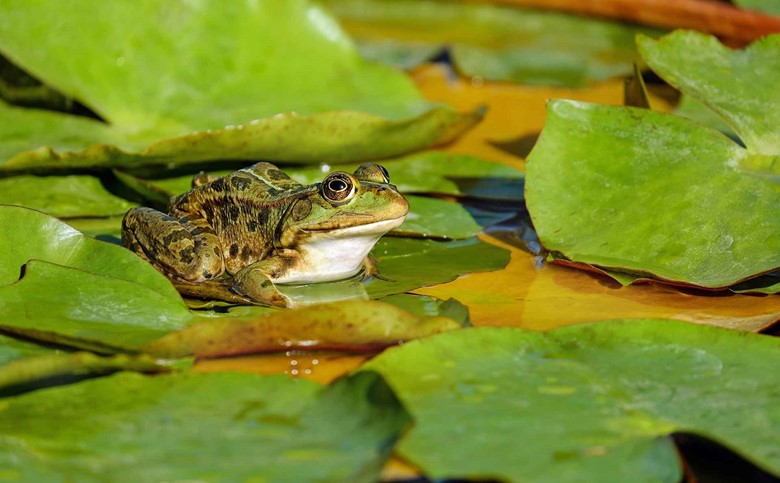
For some organisms like frogs and earthworms, the skin also does some respiration. The skin is supplied with a dense network of capillaries that help in the exchange of gases between the external environment and the circulatory system. Their skin must be kept moist in order to provide a better surface for gaseous exchange.
So it is clear now that the circulatory and respiratory systems interact to maintain homeostasis by removing carbon dioxide and taking oxygen to maintain internal conditions at a normal range. The Oxygen is used for the metabolic process to produce energy and heat while the carbon dioxide is a waste material being removed to attain homeostasis.
And which other systems are connected in the body?

Remember, that every organ and system in our body is coordinated with each other. They work in a cooperative manner which makes the organism better life and provides better chances for survival and makes them better organized than other organisms. All the systems in our body are connected to each other in which some are most needed by each other while others are less needed but without each other, they can’t work properly or either lead to death too.
Conclusion/ Summary
So from the whole discussion the query “How does the respiratory system work with the circulatory system” is cleared. The relationship between the respiratory and circulatory systems is extremely important because the respiratory system exchanges the gases while blood (circulatory system) carries these gases in the body i.e oxygen is taken by the cells of the body while carbon dioxide is expelled from the body through the respiratory system but with the coordination of the circulatory system.


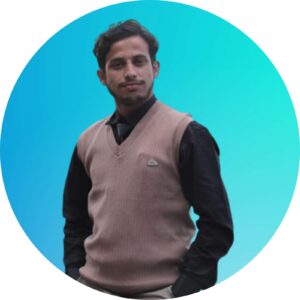



1 thought on “How does the respiratory system work with the circulatory system?”